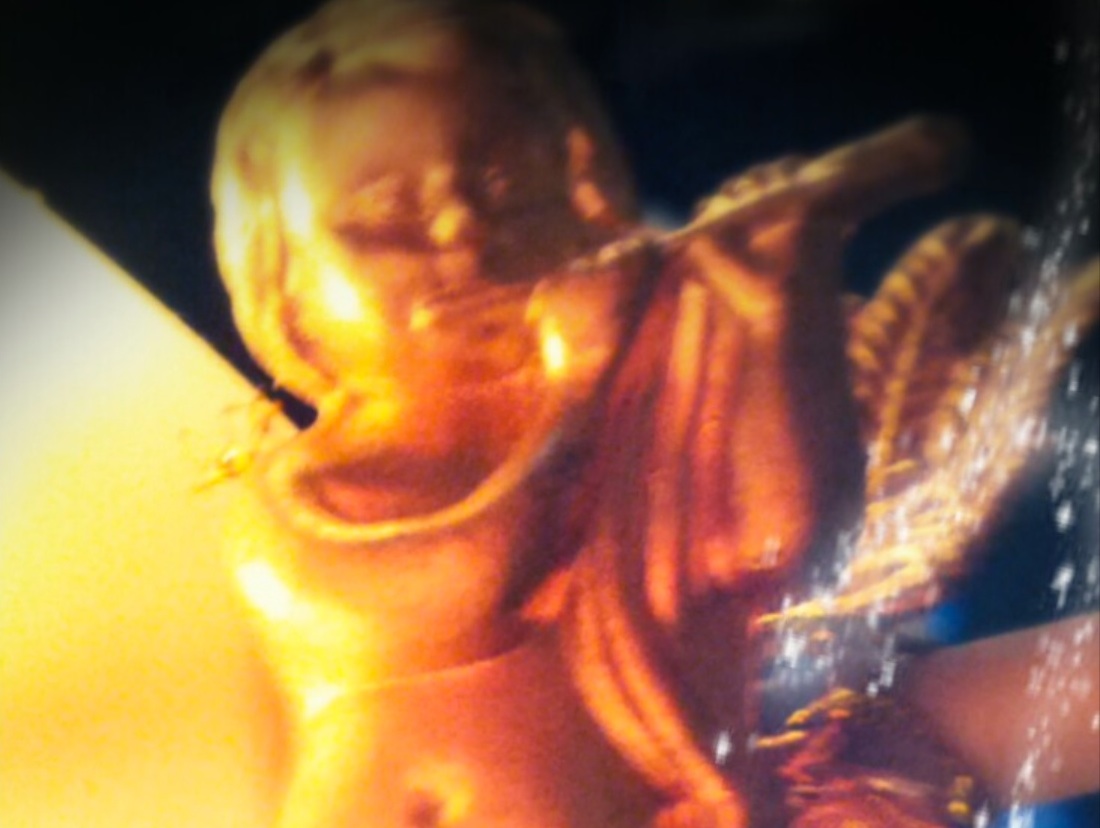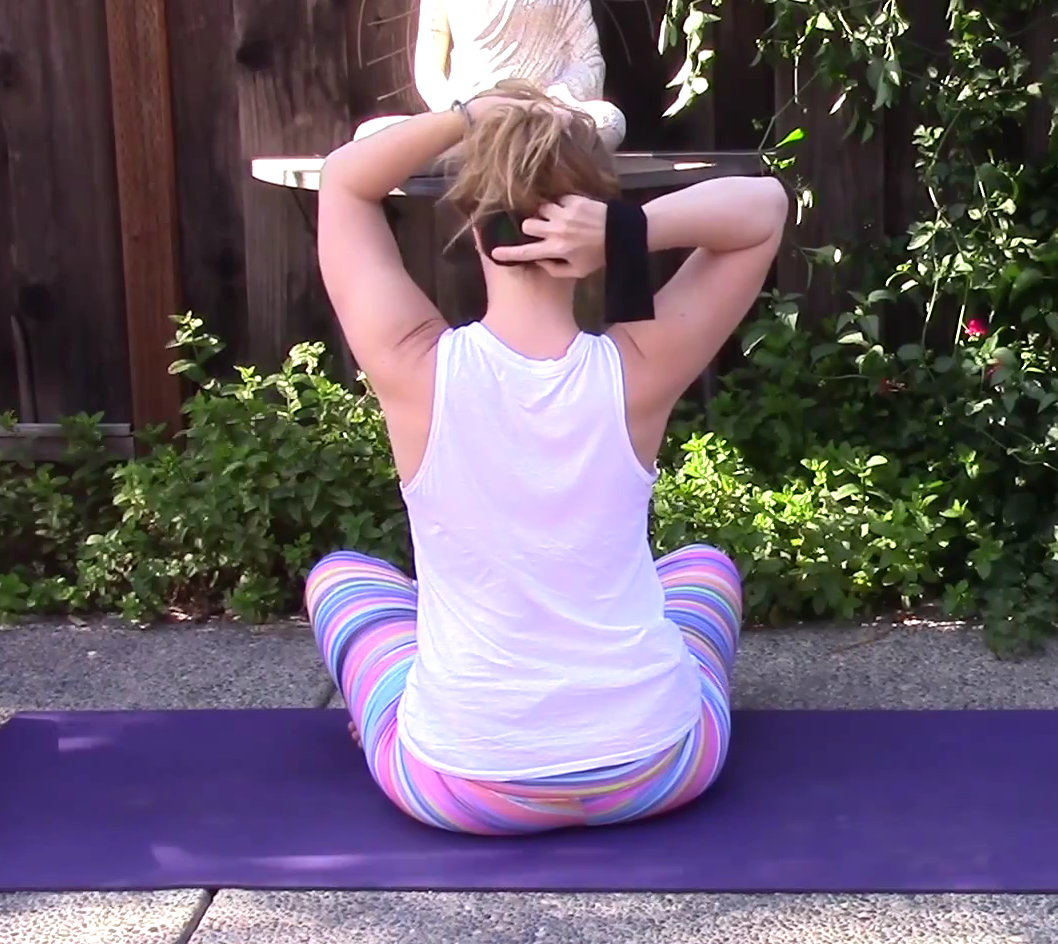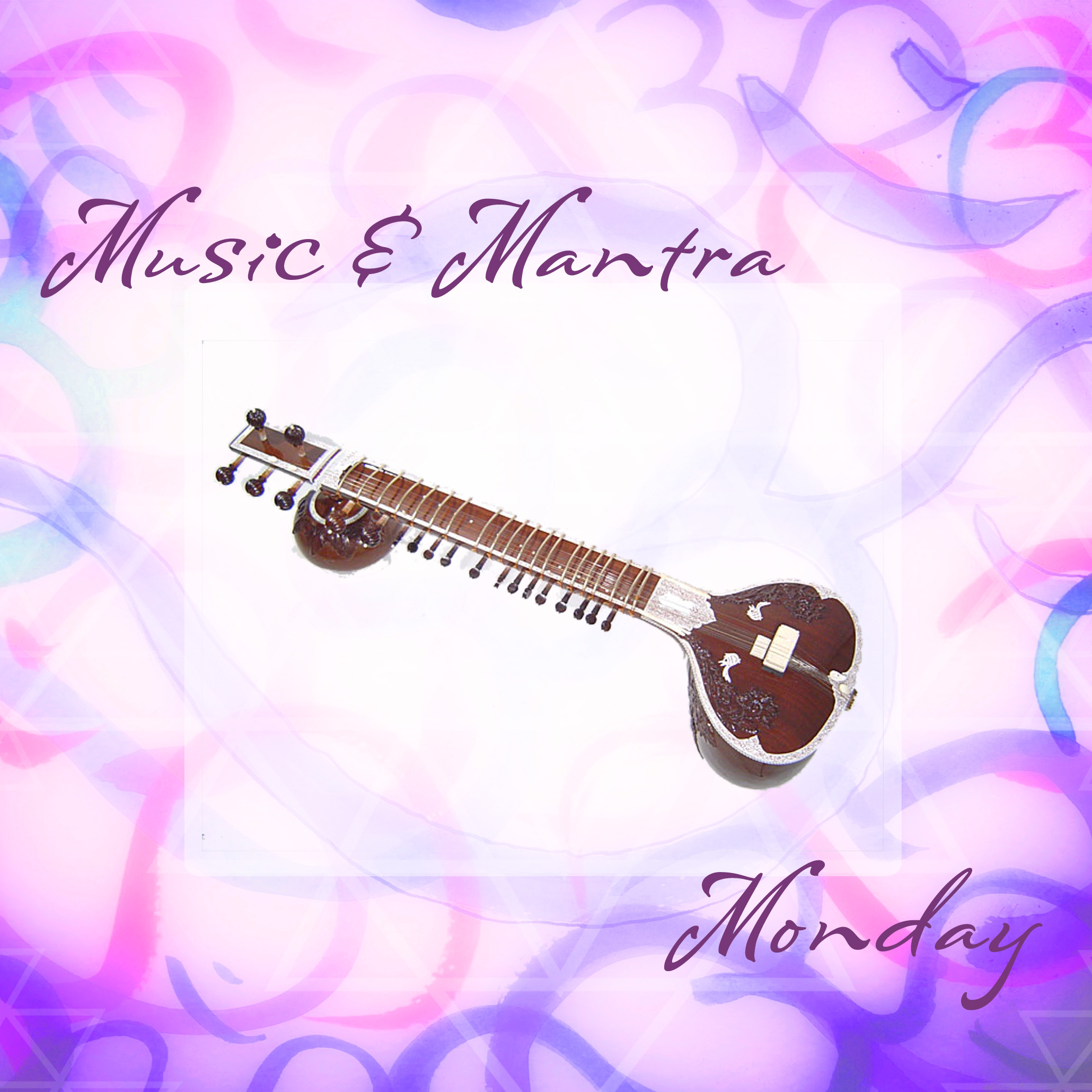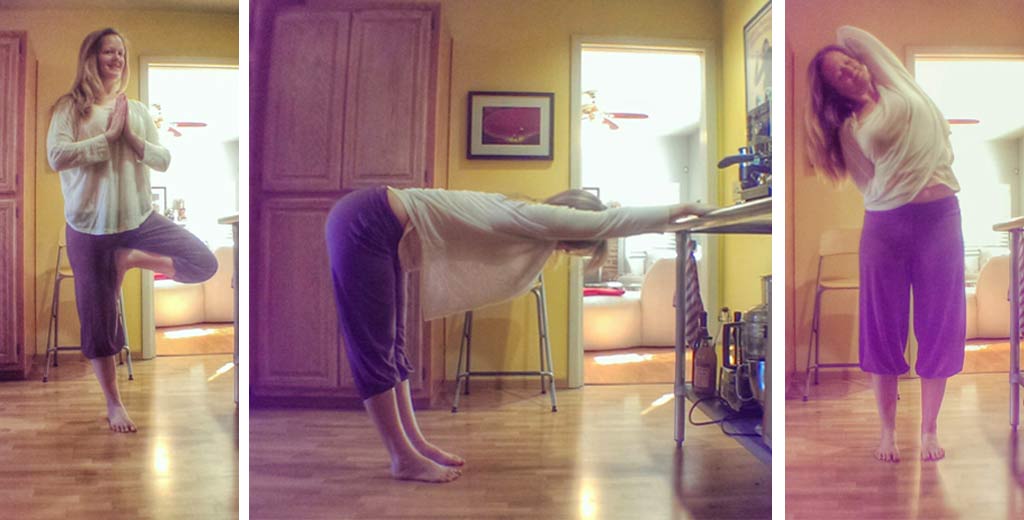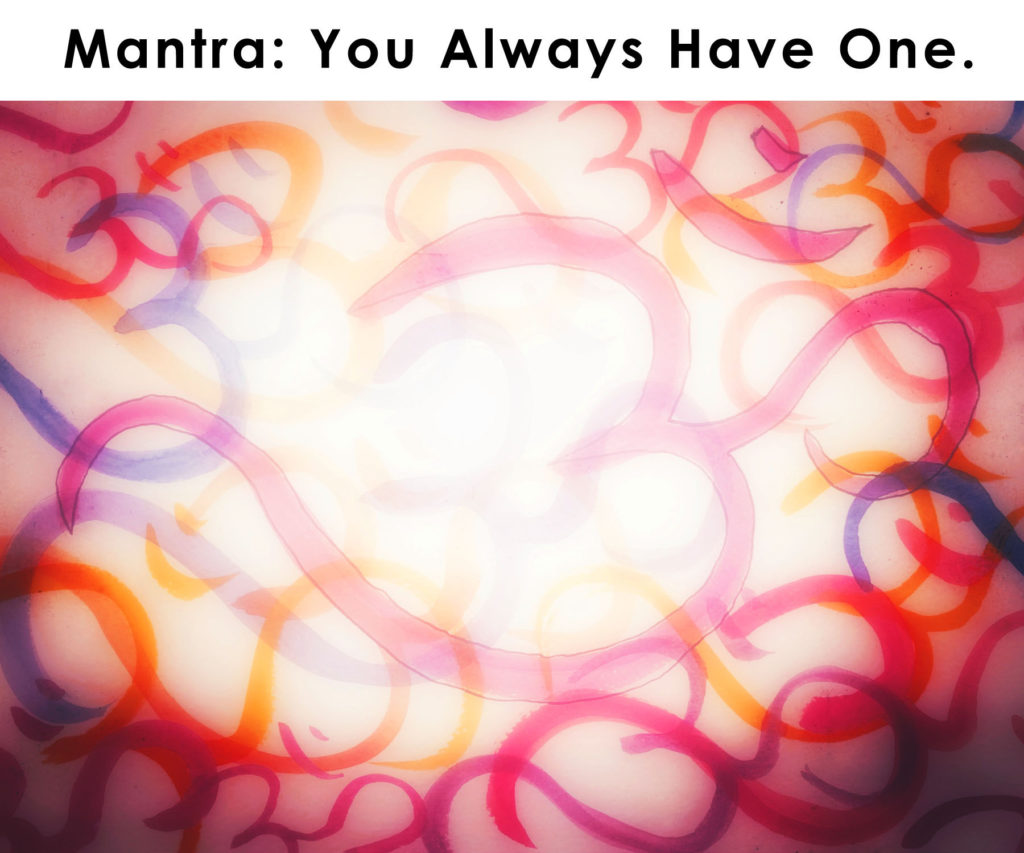
Mantra is an interesting inclusion in this list of key elements of Flow & Hold® because it is not something that always makes its way into my classes or my practice, at least in the traditional sense. It is, however, important enough for me to mention because there are multiple larger implications of mantra. When I am in the space where I feel mantra will be welcomed, where we have the time to devote to it, I absolutely include it.
My first introduction to mantra was chanting OM, loudly, in one of the first classes I ever attended, offered at a museum I worked at as a short series. I had no idea what om meant at the time; I don’t remember if the teacher shared its meaning. I just remember it was a nice sensation, this vibration I could feel all the way down my esophagus, vibrating even my stomach. It felt like it was shaking some crud loose. I tried it at home, but my dog wasn’t too enthused. Gone was the mantra from my practice.
Fast forward to a few years ago when I started attending studio classes for the first time. More involved mantra. Chanting sanskrit mantras and slokas. While it was an interesting experience, chanting with 40+ other people, there was one thing that didn’t sit right with me. A teacher telling me that chanting these mantras of Krishna, Shiva, etc. is not religious is just wrong in my mind. These are the gods associated with Hinduism, and much like singing In the Garden or Go Down Moses… while I could say it’s not religious to chant or sing these songs, I’m not sure in what realm that would be considered reality. So despite the fact that I’m not a religious leaning person, this comment really put me off the idea of chanting. Luckily I have yoga to help me see that aversion.
I was reintroduced to mantra as part of my teacher training, and it was during this time that I began to embrace it more. Instead of any focus on meaning, religion or no, there was instruction to just chant and observe what came up. What feelings, emotions, visions arose from the chanting? I became really drawn to the Kali mantra, somewhat funny since she is the goddess of death and destruction. Looking back, that’s what I really needed in my life. The dissolution of my clinging to the notion pursuing one career so I could follow the path unfolding before me and do something I truly enjoyed and believed in.
Alas, that’s the very esoteric side of things. Not to be discounted, but they are my personal experiences with mantra that are unique to me. That’s good enough to pull into my own practice, but why would I include mantra in my classes.
There are two reasons. The first is to get everyone flowing to the same beat in the flow portion of my class. Beyond using music to create resonance in the classroom, one can use mantra to sync a group’s respiration and heart rate variability. It’s why when I do bring in mantra, you will find that I do it before we begin to flow, but after the period of relaxation and listening. The om is placed here for a reason.
The second is to provide a place of focus. I once had a teacher say, “You always have a mantra.” She was right. You always have thoughts flowing through your head. If you watch them, many times you’ll see them repeat and replay, whether it’s some reminder you don’t want to forget or a negative interaction from earlier in the day (negative interactions are much more likely to play on your internal movie screen). I like to introduce mantra as a way of focusing. Inviting students to draw their awareness to whatever mantra, intention, sankalpa will suit them for their practice. In workshops, I often choose a mantra that I think will enhance the theme of what we’re trying to accomplish. We’ll chant a bit, and as we move through the practice, you’ll hear the mantra come up here and there on the soundtrack, often timed as a reminder of what we’re trying to accomplish. Ganesha – transforming obstacles, Krishna’s playfulness, Saraswati’s creativity, Lakshmi’s abundance.
There are some who will say mantra needs to be given by a guru, it needs to be pronounced a certain way, it needs to be Sanskrit so you tune into the vibrations from the universe. I’m much more lax in my approach to mantra, as my purpose is to focus the mind on something, preferably positive and reinforcing of a quality you need in your life. For me, mantra can be in any language. For me, when chanting Sanskrit, I go with the idea of this is the placebo effect. Do I believe chanting to Kali will help me dissolve some of the attachments I need to dissolve or singing Bob Marley’s Three Little Birds will calm my anxieties? Awesome. That’s enough for me.
My focus with mantra is simply to rewire the brain for optimal intake of the world around me.

